When R.E.M. began working on their 1991 album Out of Time, guitarist Peter Buck started learning how to play the mandolin and fell into a riff and then a chorus. With a tape recorder running, Buck’s random lick became one of the band’s biggest hits. Within “about five minutes,” the band had the music for “Losing My Religion,” and Michael Stipe later recorded his vocals in one take at Bearsville Studios in Woodstock, New York.
“I’d bought the mandolin just a couple of weeks prior, so it was still new to me,” recalled Buck in Johnny Black’s 2004 book R.E.M. reveal the story of R.E.M. “So. I had this little tape recorder running, and I was taping while I was playing the mandolin, and when I listened back to it the next day, there was a bunch of stuff that was really just me learning how to play mandolin. And then there’s what became ‘Losing My Religion,’ and then a whole bunch more of me learning to play mandolin.”
Within another hour, Stipe also finished the lyrics to the song. “The music was written in five minutes,” said Buck in the band’s 2003 compilation In Time. “The first time the band played it, it fell into place perfectly. Michael had the lyrics within the hour, and while playing the song for the third or fourth time, I found myself incredibly moved to hear the vocals in conjunction with the music.”
Buck continues, “To me, ‘Losing My Religion’ feels like some kind of archetype that was floating around in space that we managed to lasso. If only all songwriting were this easy.”
Videos by American Songwriter
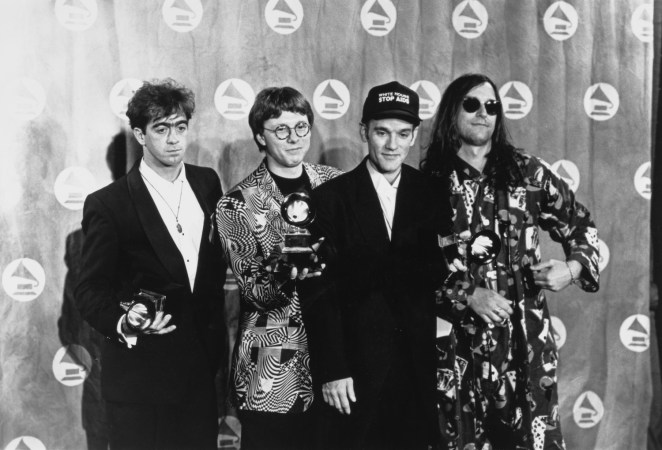
Gabriel Garcia Marquez and “Sugar Cane”
Before the band made their final recording of “Losing My Religion” in the fall of 1990, they still had a demo of the song, recorded earlier in Athens, Georgia, with Buck’s experimental mandolin playing. Using the working title “Sugar Cane,” the early iteration featured a Hammond organ, banjo, and some Fleetwood Mac-inspired bass lines.
“It just had a really magical feel,” Buck recalled of the Athens demo, before the song was reworked within minutes in New York two months later.
Originating with his mandolin riff, “Losing My Religion” moves all around minor chords and explores unrequited love, with lyrics inspired by one of singer Michael Stipe’s favorite authors, Gabriel García Márquez, and his 1985 classic Love in the Time of Cholera.
Its new title, “Losing My Religion,” was an old Southern American expression for being pushed to one’s limit or patience.
Every whisper of every waking hour
I’m choosing my confessions
Trying to keep an eye on you
Like a hurt, lost and blinded fool, fool
Oh no I’ve said too much
I set it up
Consider this
Consider this the hint of the century
Consider this the slip
That brought me to my knees, failed
What if all these fantasies come
Flailing around
Now I’ve said too much
I thought that I heard you laughing
I thought that I heard you sing
I think I thought I saw you try
But that was just a dream
That was just a dream
“Losing My Religion” was “Life-Changing”
Released February 9, 1991, “Losing My Religion” went to No. 4 on the Billboard Hot 100 and became the band’s highest charting hit.
“I always thought this was the best song on [the album], even before it was a single,” said Buck in a 1993 interview. “I really didn’t expect it to be a hit; I just loved the song and the lyrics.”
In 1992, “Losing My Religion” won a Grammy for Best Pop Performance by a Duo or Group with Vocal and Best Short Form Music Video, along with several MTV Video Music Awards.
“There’ve been very few life-changing events in our career because our career has been so gradual,” said bassist Mike Mills. “If you want to talk about life-changing, ‘Losing My Religion’ is the closest it gets.”
Photo: Vinnie Zuffante/Getty Images

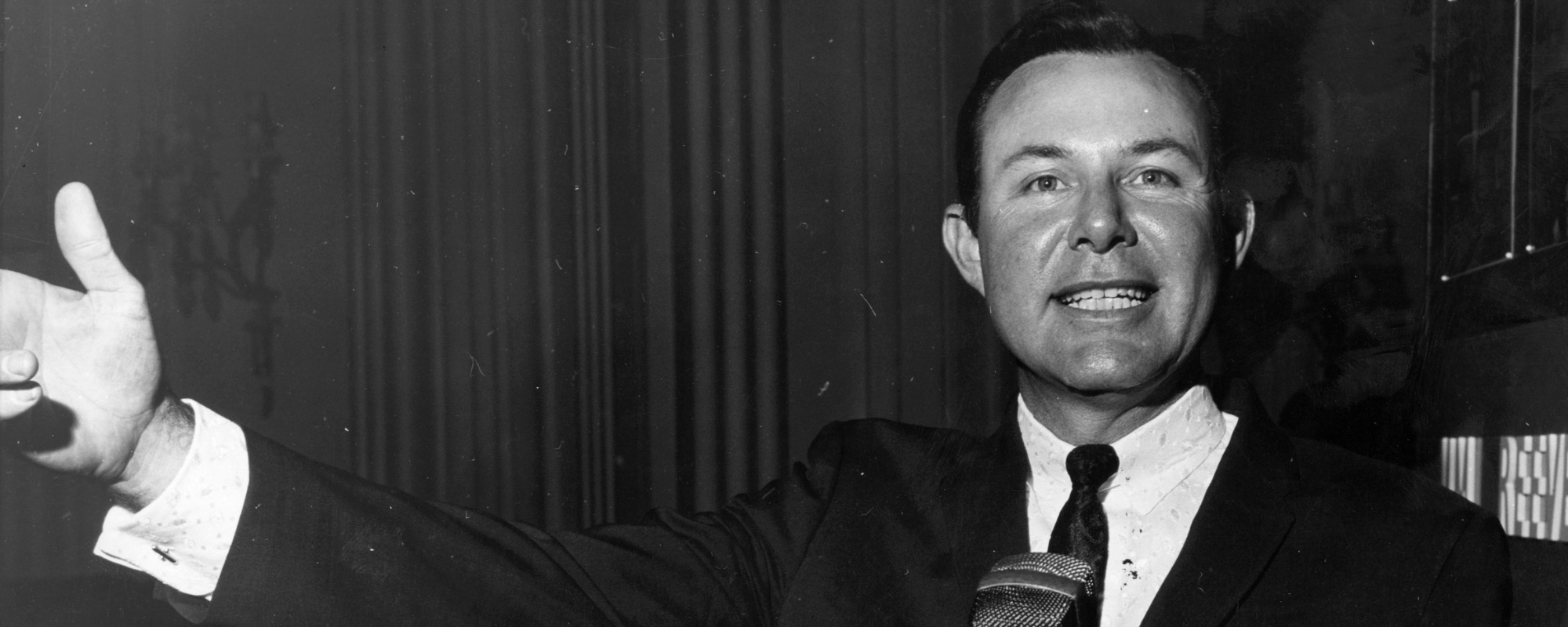
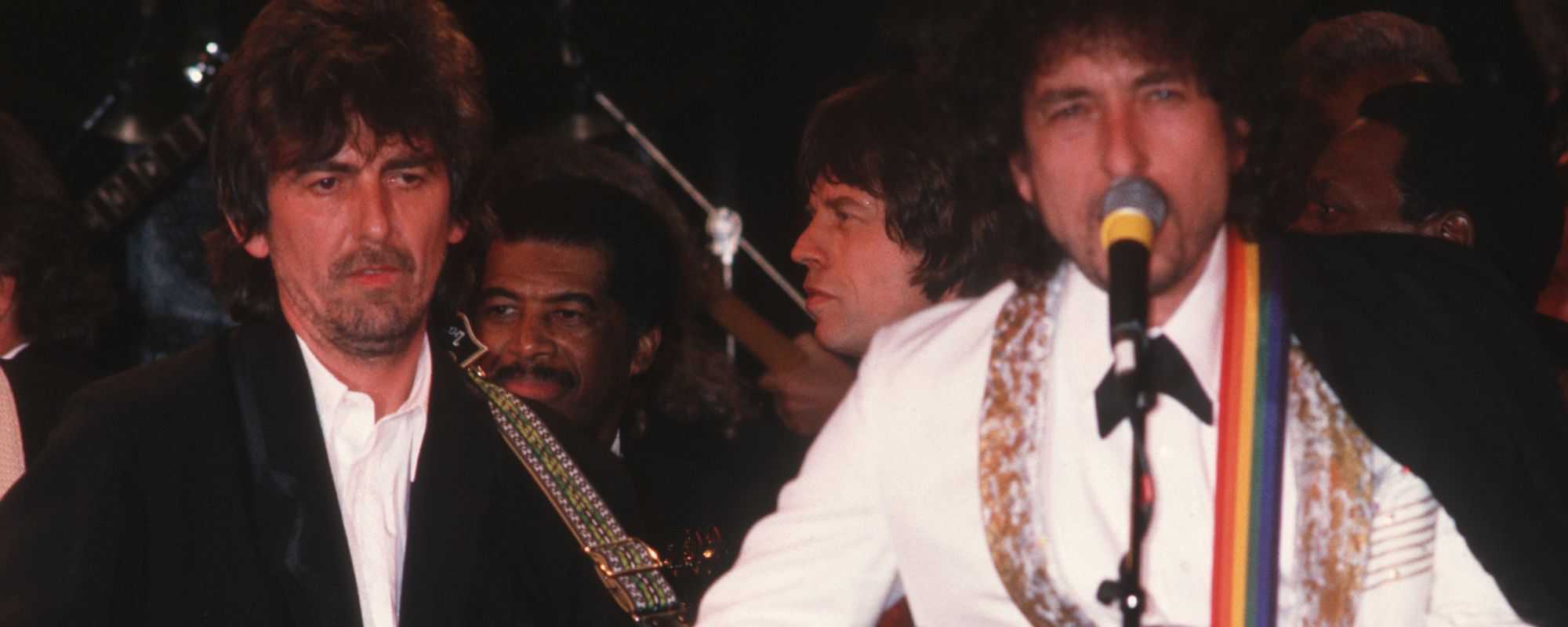
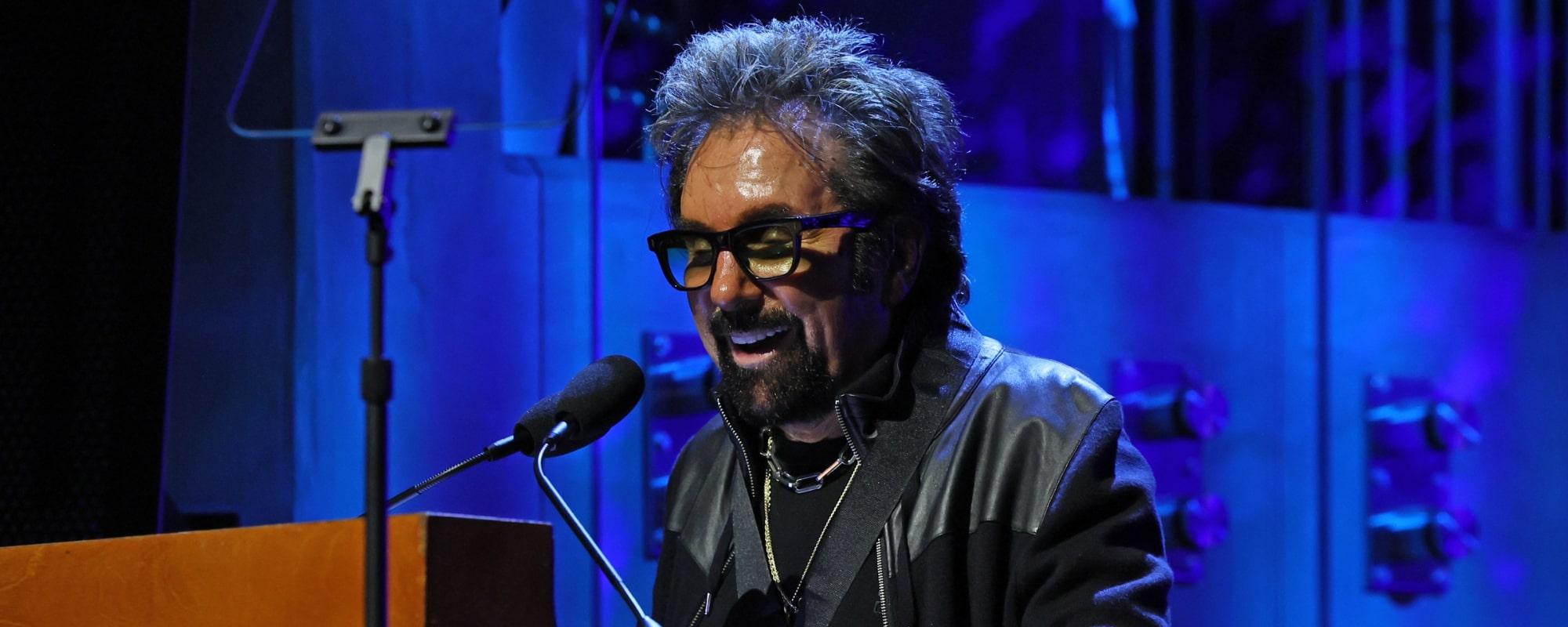



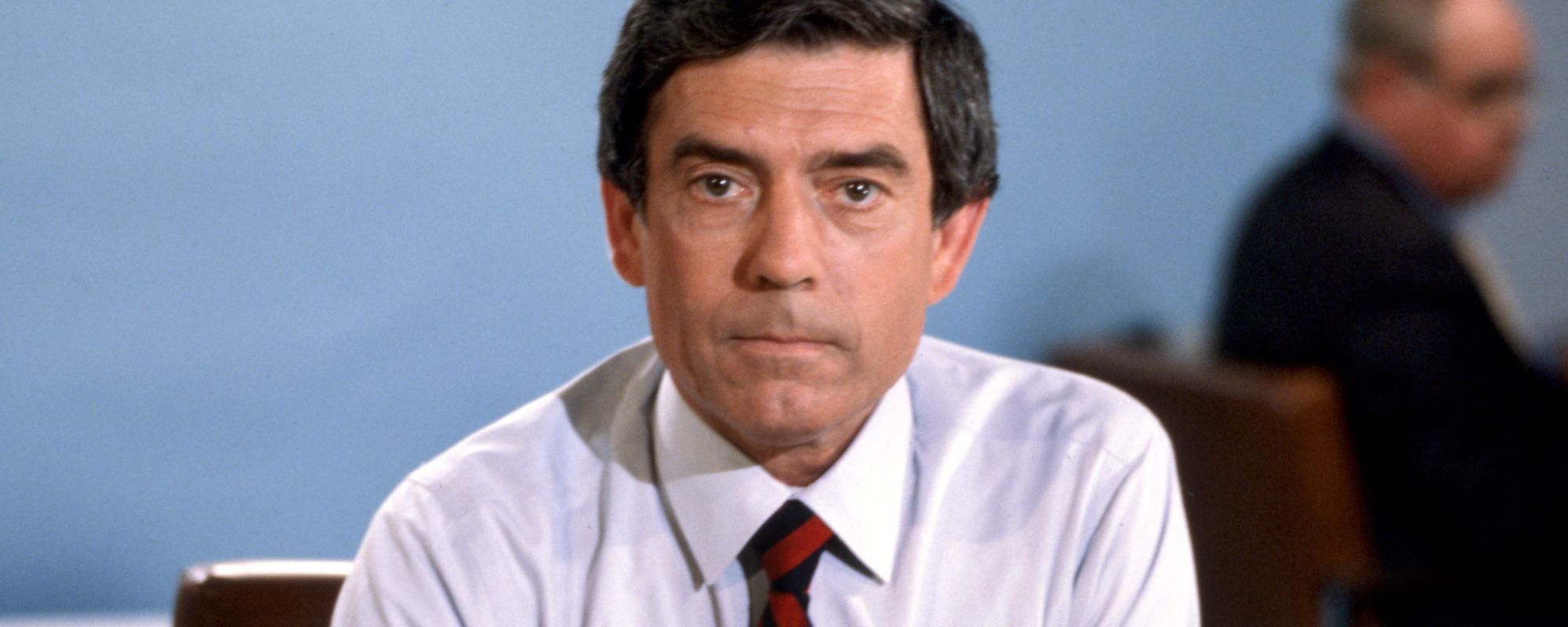



Leave a Reply
Only members can comment. Become a member. Already a member? Log in.